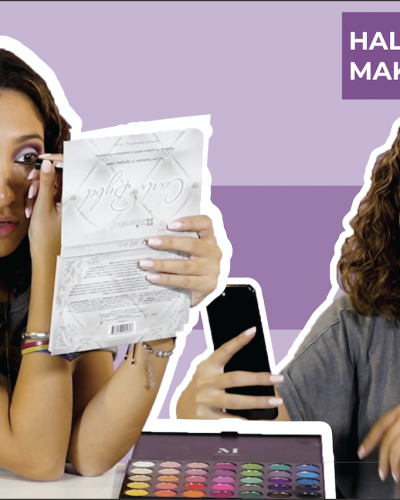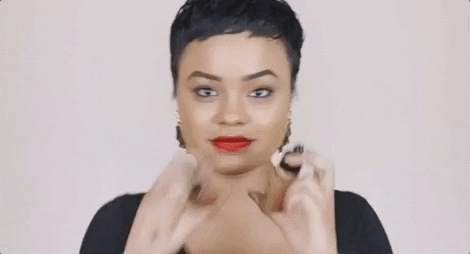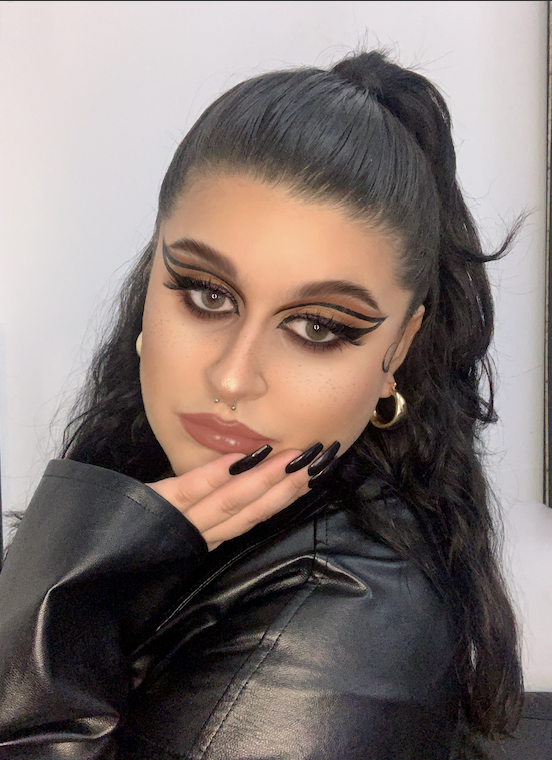You Will Defs Like these too
Life Video of The Day

Rund's Halloween Makeup TutorialOct.27.2020
New at The Modern East
Sign Up To Our Newsletter
[ninja_forms_display_form id=20]

Alright, gals, it’s time to talk about primer. If you thought choosing a primer would be a bit more straight forward than choosing other types of makeup (like foundation), well, you’re right and wrong. There is still an amazing amount of types of primer on the market. But, at least with primer, there aren’t shades and tones and undertones to worry about so much. So, buckle in, and get ready to start our masterclass on primer for our fellow clueless beauties out there.
The role of a primer in your makeup routine is to act as an extra layer between your skin and your makeup. It helps to amp up the performance of your foundation, minimizes pores, helps with fine lines, and can even aid in evening out your skin’s surface and tone. If you’ve never used primer before, it can be really easy to dismiss it as an unnecessary step in your beauty routine. Putting on a full face can already seem laborious enough, do you really want to add an extra step to the process? As a fellow makeup novice, let me tell you honestly: it has made all the difference for me. Not only does it do the jobs stated above, but it also really helps to make my makeup last. I don’t use it every time, but when I do, the difference is very noticeable to me in a positive way.

Primer obviously goes on your face in the normal spots you would apply other makeup like foundation. But, there is also lip and eye primer. The eye primer is meant to help keep your shadows and eyeliner in place. It’s also more gentle than an all-over primer, because, well, eyes. The lip primer is meant to help with your lip liners, and lipsticks, to help those colors stay in place and not bleed all over the place. There is even eyelash primer, which is meant to help strengthen lashes for those who frequently use mascara and/or falsies.

Once again, this makeup essential comes in all shapes and sizes. If you have dry skin, you’ll want a hydrating primer. Key words here are things like “replenishing”, “soothing”, and/or “hydrating”. Oily skinned ladies will wanna look for a “matte” formula to help reduce all that shine. If you struggle with blemishes and acne, or have sensitive skin, look for a water-based primer over silicone. Silicone can lead to clogged pores which can lead to even more irritation. Some primers do have acne fighting ingredients inside them, so be on the lookout for those.

So, skin type aside, you’ve still got some choices ahead of you. It’s time to make your primer work for you and decide what you want out of it. You may even want a couple of different primers for different looks. Here’s some of the most popular types and what they do:
You can probably figure out what this one does. But, there’s an added bonus: they also give a matte finish to reduce oily shine.
This type is a must for gals who battle with dry skin. If your foundation is often left looking caked and flaky because of dry patches, a hydrating primer will help.
This one takes a bit of artistry, literally. Colored primers use the concept of the color wheel to help correct discoloration in your skin. Blue is meant to help ease sallow tones, green is meant to fight redness, and purple is meant to counteract yellow looking patches of skin.
This type claims to use light-reflecting advancements to make your skin look like your favorite smoothing filter. Basically, think of it as “soft-focus” for your face, but yah know, in person.
This stuff is meant to give your overall complexion a bit of a boost in the glow department. If you’re wanting to skip your foundation for a day, you can slap some of this stuff on instead to help liven up your skin.
Don’t let that oily skin, and over-the-top shine from it, get you down. One of these will help to tame those issues and keep your makeup looking fab all day long.
It’s never too early to start thinking about adding a few anti-aging formula beauty products to your routine. These type of primers typically also contain some SPF in them to help protect about UV damage.

Alright, you’ve made your selection. Time to paint. Experts agree that just like with foundation, less is more when it comes to primer. You want a nice, thin, even application. Don’t go caking it on. While there are brushes you can use, the best tool to apply really is your fingers. Squeeze a small dab into your palm and let your body heat warm it, before smoothing it onto your skin in the desired areas. The tool you want to avoid? Sponges. They leave streaks, as will brushes if you’re not using a primer specific brush. Overall, isn’t too fussy though. It may just be the easiest part of your beauty routine.

Just a few more tips, and you’ll have officially graduated your Clueless Beauty class on primer. First, make sure you moisturize your face first. Second, allow your primer to dry completely before you move onto the next step of your routine, which will usually be foundation. Some makeup mavens even like to use a light setting powder between their primer and foundation application. And lastly, make sure your primer type matches your foundation type. For example, if you use a water-based foundation, use a water-based primer. Oil and water don’t mix, and you don’t want a mismatch which might cause your base from separating. There you have it. No g’wan out there and slay!


